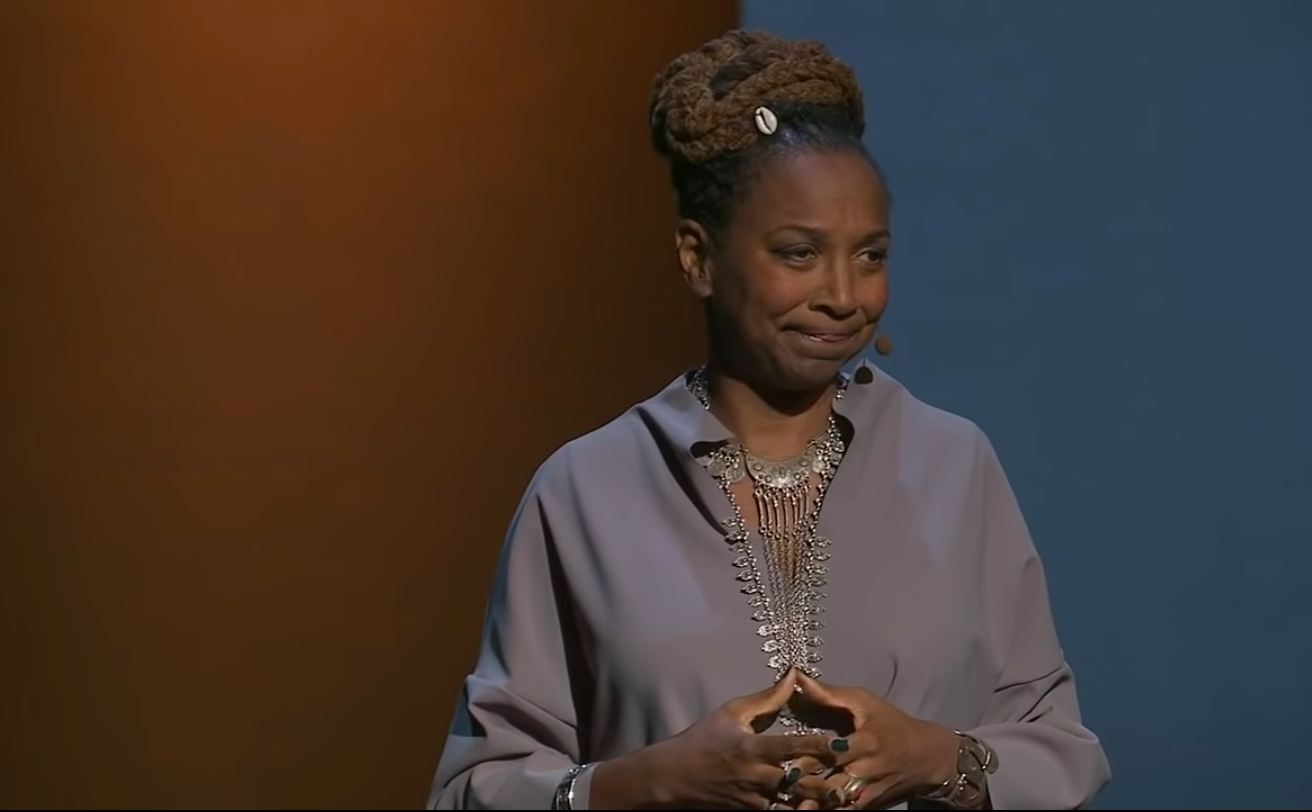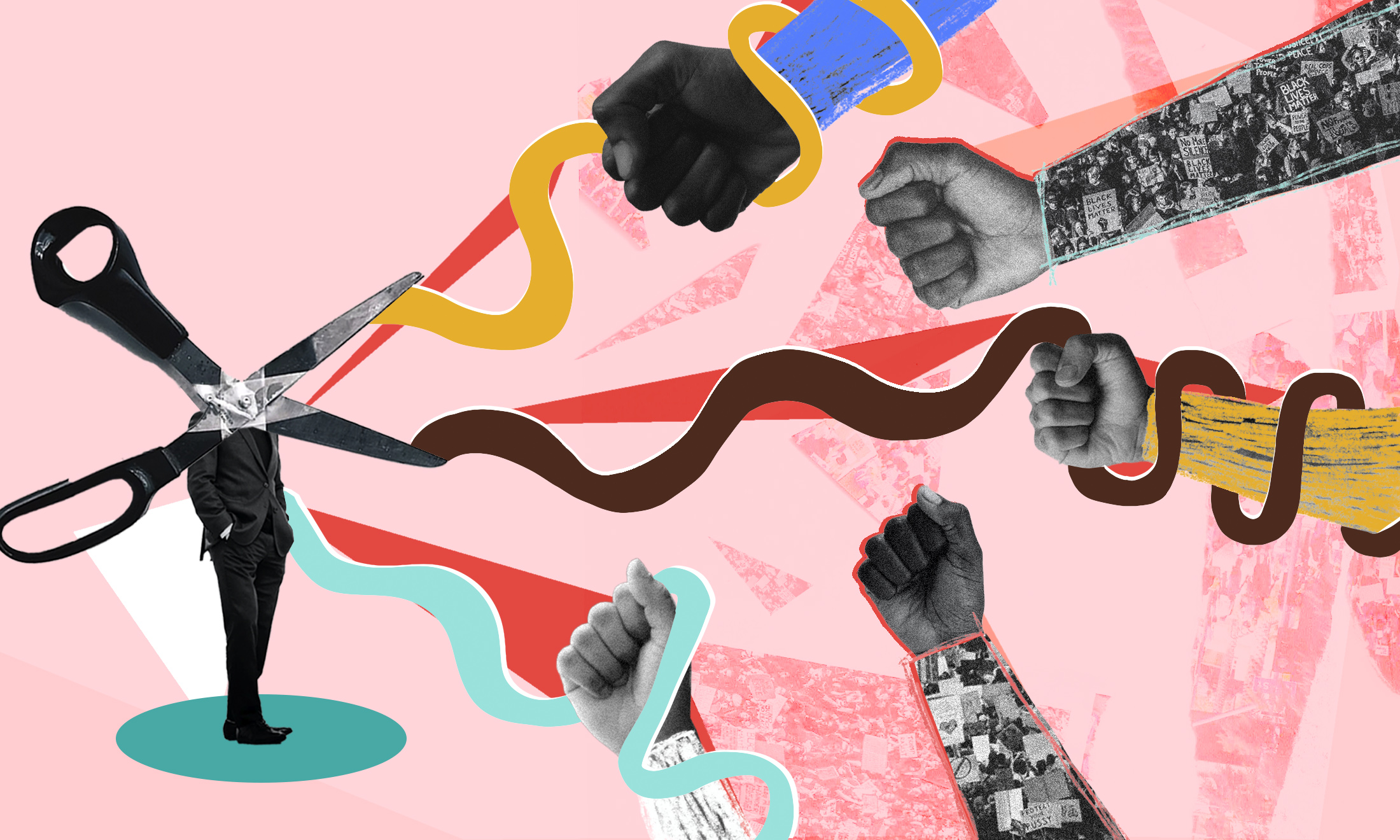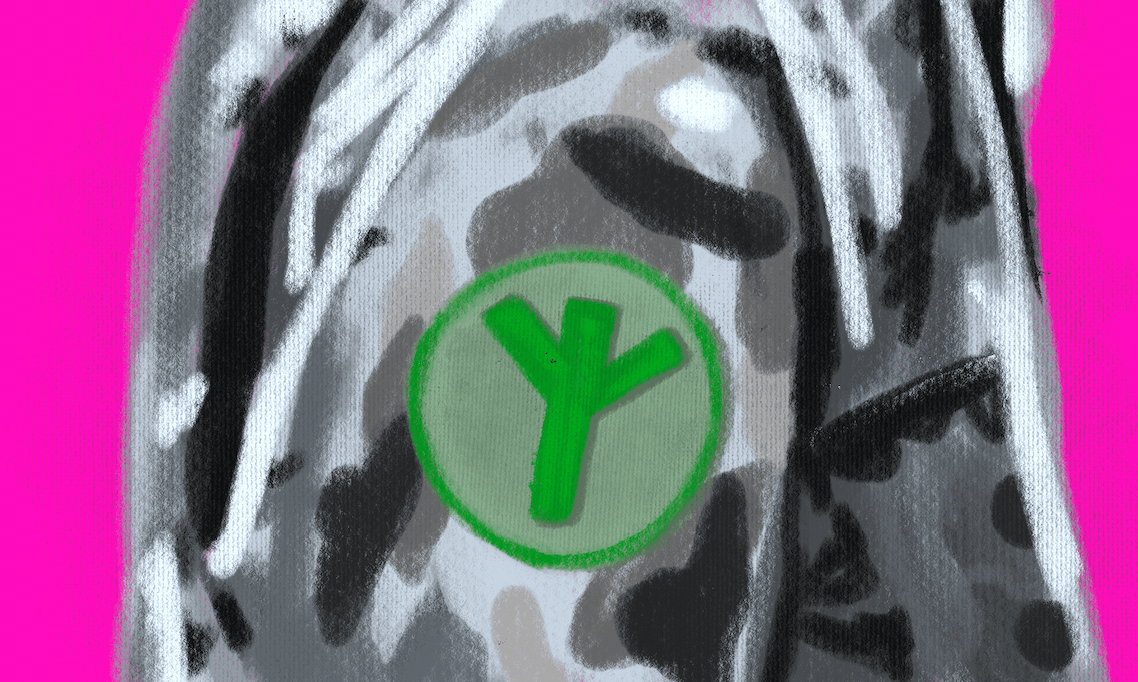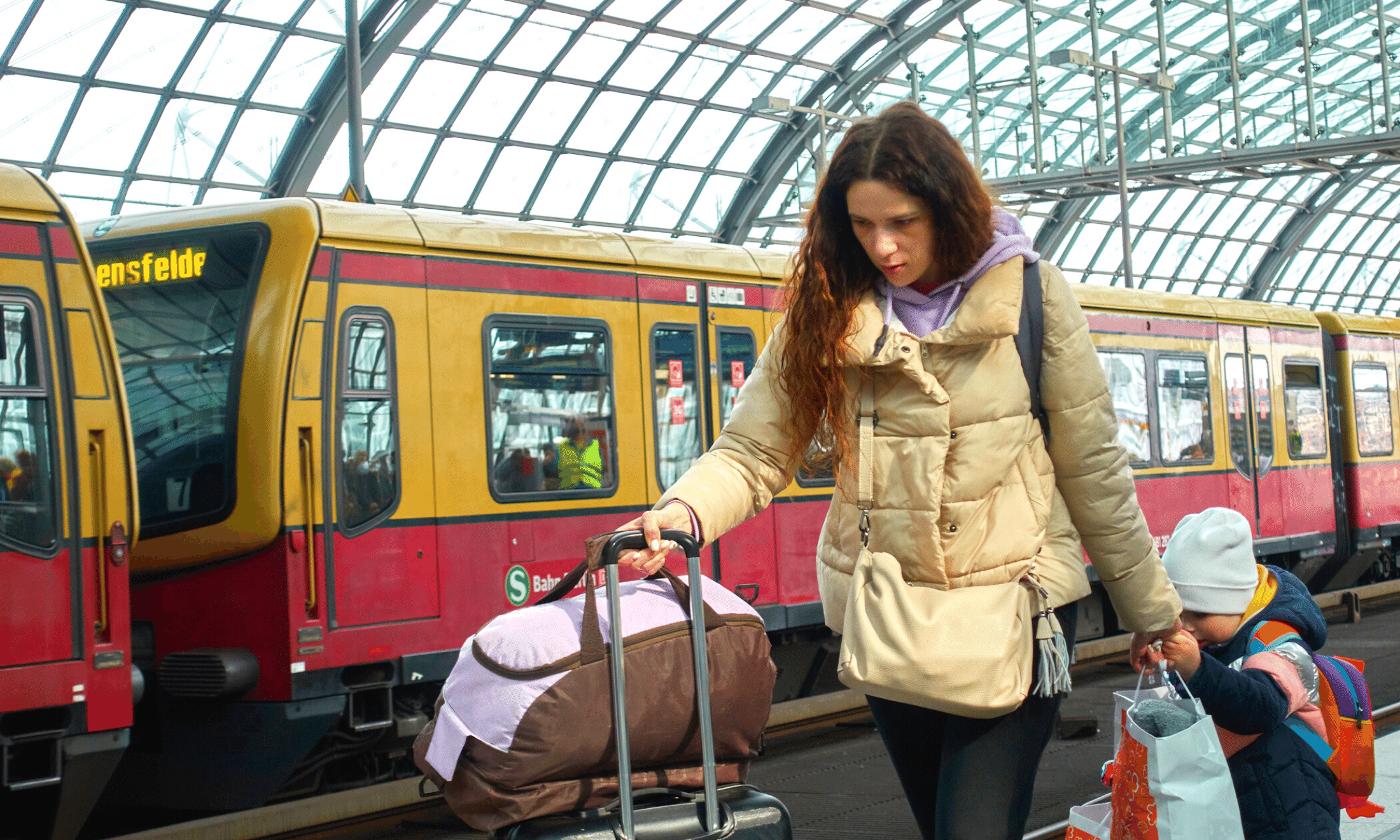
Kimberlé Crenshaw TED Talk. Image via YouTube
To paraphrase the American writer and activist Audre Lorde, we do not live “single-issue lives”. As an advocacy worker for the European Network Against Racism (ENAR), a European-wide network of anti-racist organisations, Lorde’s words describe the reality of my work. From laws and regulations legitimising discrimination against Muslim women who wear the headscarf, and sustained state violence experienced by queer and trans people of colour, to the largely unmeasured economic inequalities experienced by undocumented, migrant and women of colour (WoC), many of us fall between the neat categories of discrimination set out in our laws.
“Intersectionality” has been a useful term to describe this experience. The term was coined in 1989 by a black American feminist activist and academic Kimberlé Crenshaw to describe the reality of experiencing interlocking forms of oppression, initially along lines of race and gender, with an ultimate view of achieving freedom for all. Crenshaw, a lawyer, created the term because she wanted to explain why black women could not access legal remedies for discrimination they faced. Crenshaw had observed that black women were being forced to “pick” a discrimination (racism, or sexism, but not both) when bringing a workplace discrimination complaint. This was because sexism historically concerns mainly white women, and racism is often centred around the issues facing men of colour. This approach is counter to our collective liberation. The Combahee River Collective, a group of Black feminists organising together since the 1970s, declared that: “If Black women were free, it would mean that everyone else would have to be free since our freedom would necessitate the destruction of all the systems of oppression.”
“Phrases like “white supremacist capitalist patriarchy” often don’t connect with policymakers”
At ENAR, a major challenge in my job is bridging the disconnect between radical anti-racist concepts and the cold, grey, bureaucratic processes of policy-making. Phrases like “structural racism”, “sustained oppression”, and “white supremacist capitalist patriarchy” often don’t connect with policymakers. I’m often faced with trying to explain intersectionality to a government official; I grapple with how to convince them to change a policy or a way of working. It is my job to explain the extent and nature of racism in Europe and to call for improved policies in response. I am forced to think harder about what action we want those in power to take to tackle racism, patriarchy, and other forms of oppression.
Three decades since Crenshaw coined the term, “intersectionality” is now in the process of becoming mainstream. NGOs and government officials in Europe are now picking up the language of intersectionality and attempting to apply it in their work. This popularity is a testament to the power of social movements who have fought to get recognition for the concept. However, this attention has come at a cost. According to editor and academic Asad Haider, the term intersectionality “now has an intellectual function comparable to ‘abracadabra’”. In the European context too, the word has been stretched, de-politicised and white-washed.
The danger of this is that “doing” intersectionality becomes yet another meaningless tick-box exercise. As the concept has reaches new audiences, studies have been commissioned and panels haven been organised where intersectionality is discussed as an apolitical concept. The European aversion to talking about race has meant that instead, we will talk about “overlapping identities” (avoiding race and ethnicity) rather than entrenched, structural inequalities for people living at the intersections.
As NGOs and activists working against racism, at ENAR myself and my colleagues realised that we need to reclaim intersectionality for it to continue to be a useful tool to achieve equality in Europe. To do this, in October 2018 ENAR and the Center for Intersectional Justice (CIJ) brought activists, EU civil servants, and government officials together in Brussels for the first ever symposium on intersectionality.
Participants talked about the need to refocus the policy conversation about intersectionality on race. There is a tendency to repackage intersectionality into a focus on “multiple identities” (“we all have complicated identities”), but talking about any mixture of identity without an analysis of structural oppression is not the answer. This approach will not help us address the heightened exposure to violence, discrimination and poverty faced by people of colour at the intersections.
“Racism, sexism, homophobia, transphobia, classism, ageism, and ableism feed from each other, fundamentally shaping our experiences”
An intersectional approach explains that oppression is both structural and interlinked. Racism, sexism, homophobia, transphobia, classism, ageism and ableism feed from each other, fundamentally shaping people’s experiences. Governments need to recognise that people experiencing intersecting oppression need to be at the centre of policies aiming to achieve equality. If their situation is improved, so will that of the rest of society. The same goes for our activism. Race, migration status, gender, class, sexuality, gender identity, and ability affect how we experience oppression and we must not reproduce oppressive dynamics within our movements. This will involve very practical considerations about how we organise working and meeting spaces. Providing basic access arrangements, gender neutral toilets, and working towards creating safer spaces for working is a crucial aspect of intersectional organising.
In Europe there are a number of examples of the intersectional approach in motion. For example, ENAR has created a toolkit explaining how employers can dismantle the barriers faced by WoC in the workplace, and the Center for Intersectional Justice has been leading the way in calling for intersectional policymaking that addresses structural inequalities. The team at Working On Our Power have developed a transformative leadership programme for womxn of colour working in Europe to support intersectional organising.
Many other organisations and collectives are working with intersectionality as a core organising principle. For example, Apna Haq in the UK has long been working to support Black and “minority ethnic” women in the north of England to leave violent situations, acknowledging that often mainstream women’s support services cannot meet the needs of WoC. Lallab in France is an organisation which fights against racist, islamophobic and sexist discourses against Muslim and other WoC, and particularly against discriminatory narratives surrounding women who wear the headscarf. MigraBo LGBTI are one of the few organisations in Italy working to support LGBTQI+ refugees and people seeking asylum to settle in Italy, and work to support those who are vulnerable to racist and homophobic hate crimes and facing barriers to gaining legal status. All of these organisations are hugely under-funded and under-recognised for their vital work; the price often paid by WoC who organise in a way that is critical of the state.
The time of the single-issue struggle is up. We need a complete overhaul of the way we organise, and the way we envision equality. Tackling the interconnected nature of inequality – centring those of us living at the intersections of oppression – is where we must start.









